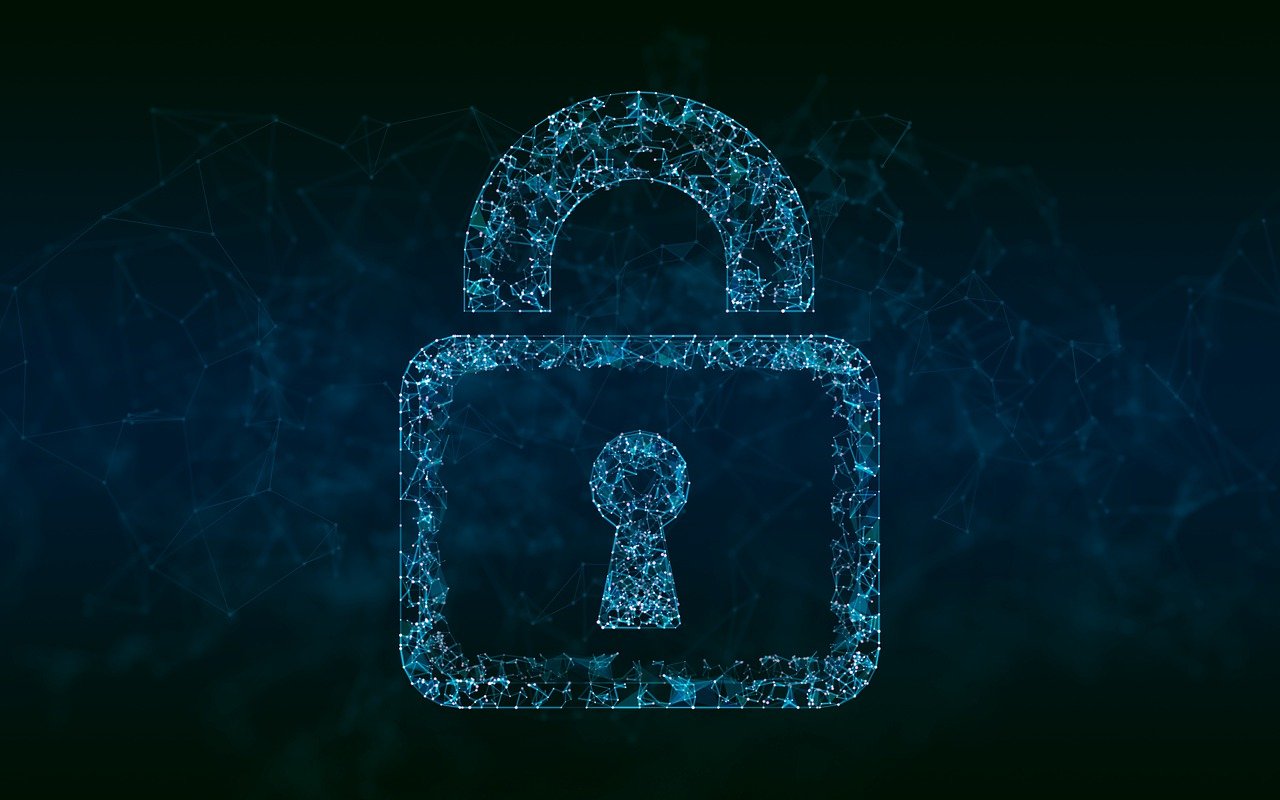· 4 min read
What is a Security Operations Center SOC | Definition and Meaning
A Security Operations Center SOC is a centralized unit responsible for detecting, analyzing, and responding to cybersecurity incidents to protect organizations from cyber threats.

Understanding Security Operations Centers (SOC)
What is a Security Operations Center (SOC)?
A Security Operations Center (SOC) is a centralized unit managed by an organization that deals with security issues on an organizational and technical level. A SOC is responsible for protecting an organization from cyber threats, managing security incidents, and ensuring compliance with regulations. The SOC helps in detecting, analyzing, and responding to both cybersecurity incidents and potential threats using all available tools and resources.
Key Functions of the SOC
Monitoring and Analyzing Security Events: The primary function of a SOC involves the continuous monitoring of network traffic and security alerts. Analysts are responsible for scrutinizing these alerts to identify potential threats.
Incident Response: Once a security incident is identified, the SOC team springs into action to assess and mitigate the threat. This may involve isolating affected systems, removing malware, or recovering lost data.
Threat Intelligence: SOCs gather and analyze information about threats and vulnerabilities to stay updated on the latest cybersecurity trends. This knowledge enables them to fine-tune their protective measures.
Compliance and Reporting: Organizations must comply with various regulations and standards. The SOC ensures that the organization meets compliance requirements and regularly reports on security metrics to stakeholders.
Collaboration: SOCs often work together with other teams such as IT, legal, and compliance departments to ensure a cohesive approach to security.
SOC Analysts and Roles
A SOC employs various roles to effectively manage their responsibilities. These include:
SOC Analyst: Analysts monitor security alerts and assess potential threats. They are the first line of defense within a SOC. Their work involves thorough investigations, threat hunting, and incident response.
SOC Manager: Managers oversee SOC operations, coordinate incident response efforts, and ensure that analysts have the tools they need to perform effectively.
SOC Supervisor: This role involves guiding the work of analysts and ensuring adherence to established procedures and protocols. Supervisors may also play a key role in incident response strategies.
Security Engineer: Engineers design and maintain the security infrastructure, ensuring that all tools and systems are functional and efficient.
SOC Architecture and Tools
The architecture of a SOC includes many components. This might involve a variety of tools and technologies designed for threat detection, incident response, and compliance management.
Security Information and Event Management (SIEM): A critical tool in a SOC, SIEM systems aggregate and analyze security data from across the organization.
Intrusion Detection Systems (IDS): These tools help identify malicious activities by monitoring network traffic for suspicious patterns.
Threat Intelligence Platforms: These platforms provide valuable contextual information to analysts, allowing for more informed responses to incidents.
Incident Response Tools: These tools assist analysts in managing and responding to incidents, whether through automation or detailed procedures.
SOC Services
A SOC can also provide various services tailored to meet organizational needs. These typically include:
Managed Security Services: Organizations may opt to outsource their security operations to a third-party SOC, which can provide expertise and resources without the need to build an in-house team.
Cybersecurity in SOC as a Service: A model that allows companies to adopt SOC functionalities via a cloud-based solution. This is particularly beneficial for small to medium-sized enterprises that may find it challenging to maintain an in-house SOC.
Cybersecurity and SOC Training
Training and certification for SOC personnel is paramount. Awareness and understanding of the latest security trends, threats, and defensive measures can greatly enhance a SOC’s effectiveness. Specific training programs provide insight into using technical tools, understanding compliance requirements, and honing incident response skills.
The role of a Security Operations Center (SOC) is critical in safeguarding organizations from an increasingly sophisticated array of cyber threats. SOCs are integral to proactive security measures, helping organizations prepare for, detect, and respond to security incidents effectively. The personnel within a SOC, from analysts to managers, work collaboratively to create a fortified defense against cyber attacks. Utilizing advanced tools and maintaining a focus on compliance ensures that organizational data and assets are protected. Whether a business operates an in-house SOC or utilizes a managed services approach, investing in security operations is essential for resilience in a volatile cyber environment.

